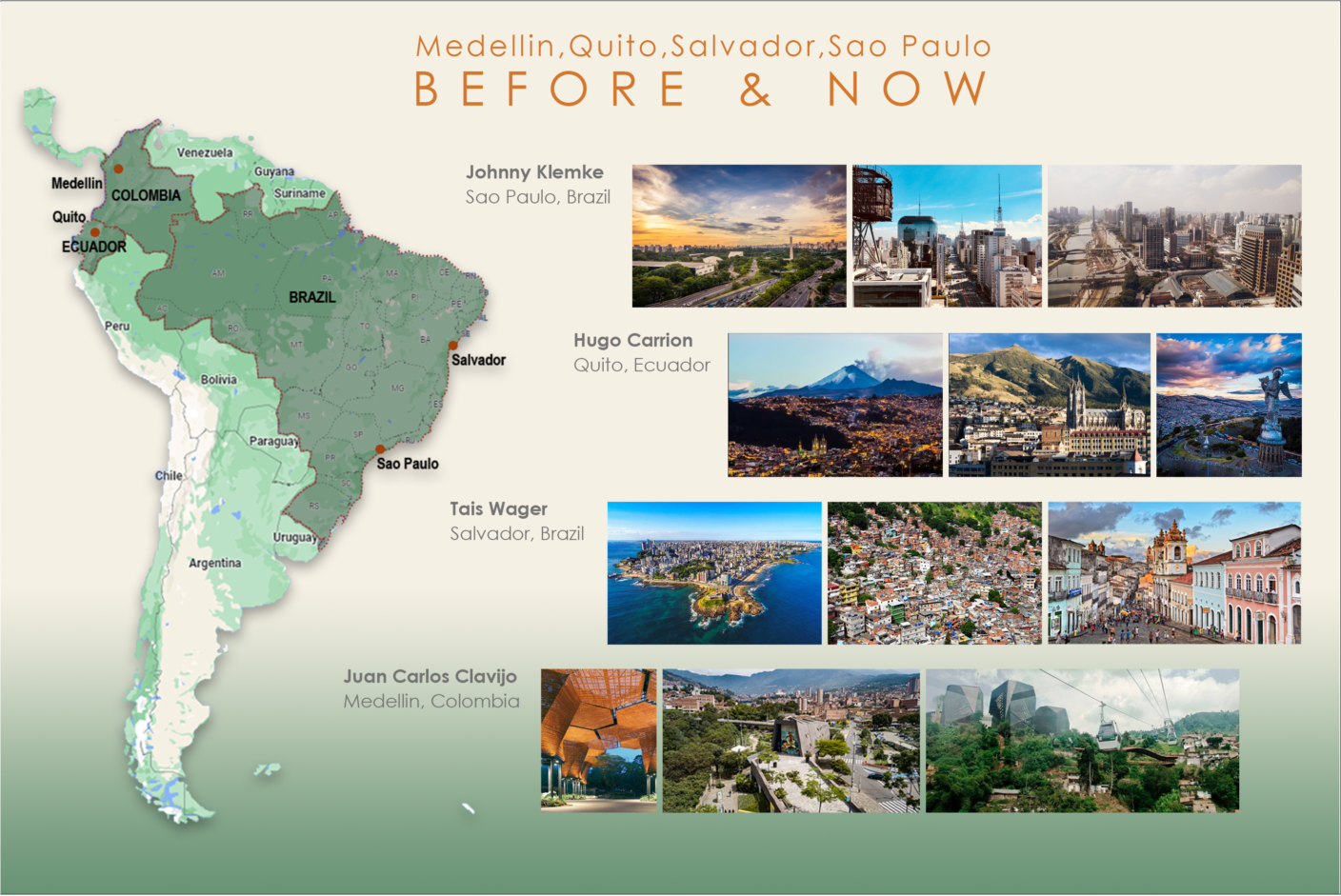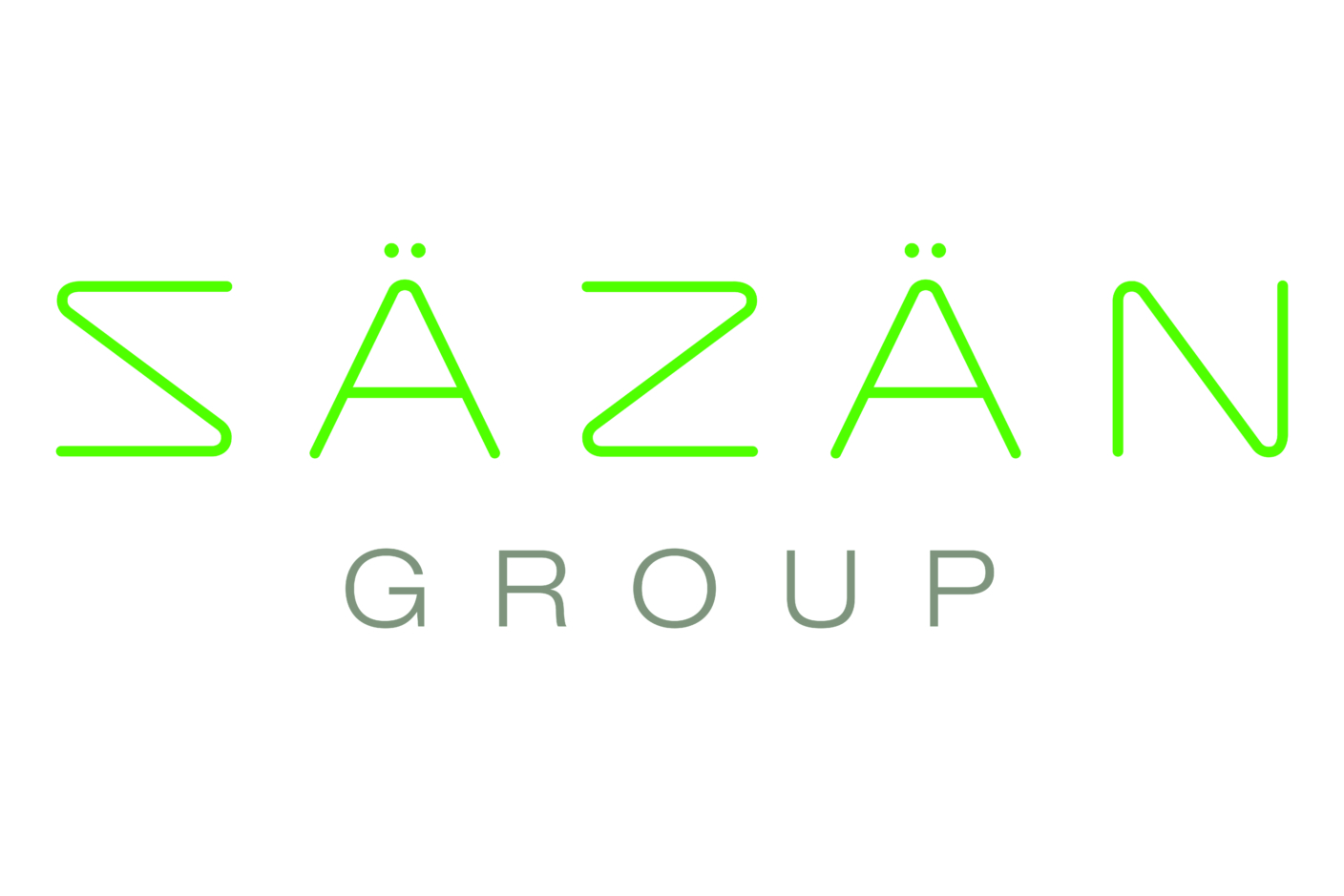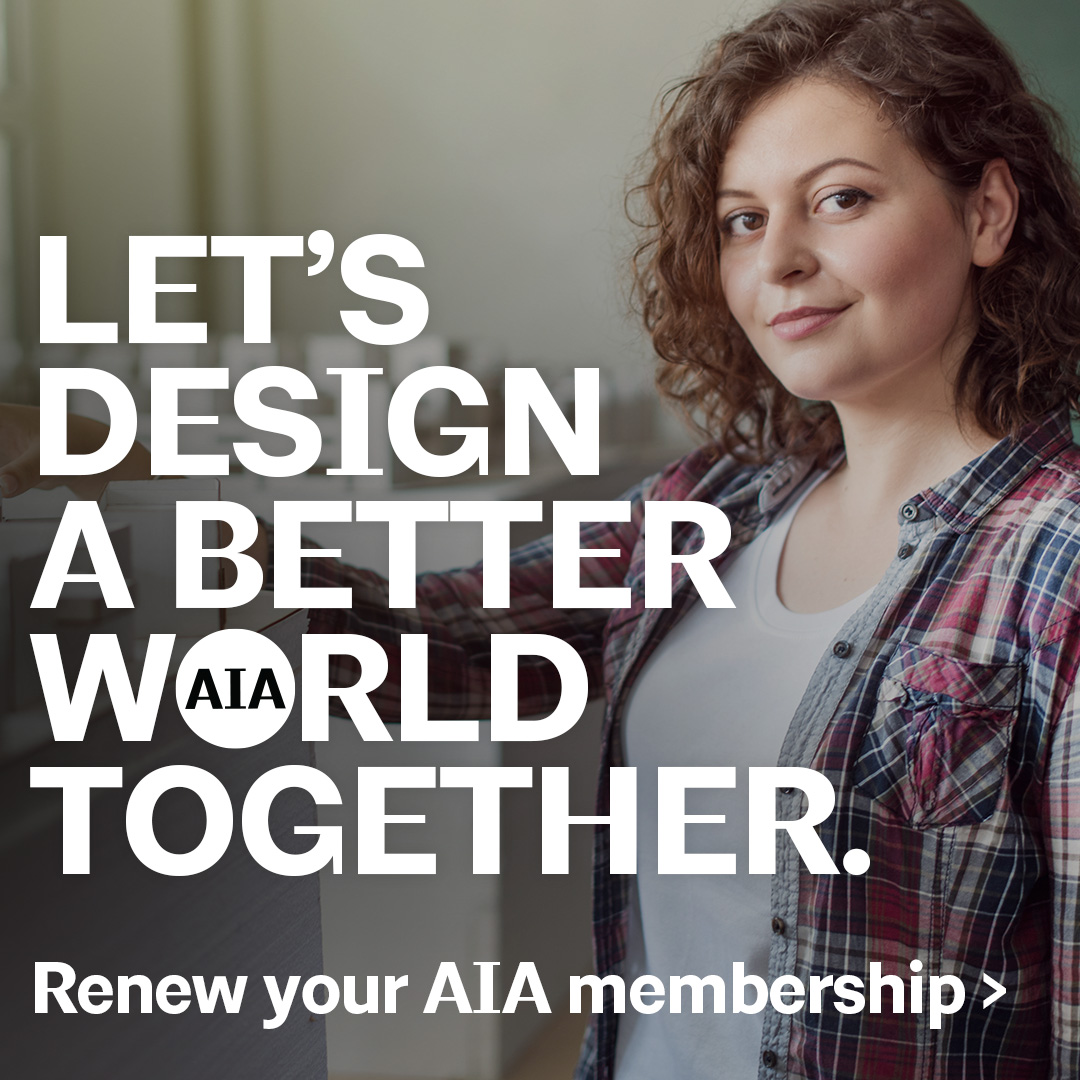
Medellin, Quito, Salvador, Sao Paulo – BEFORE & NOW

Seattle International Architects Forum's team is excited to offer you a wonderful event focused on South America and more specifically on Medellin - Colombia, Quito - Ecuador, Salvador - Brazil, and Sao Paulo - Brazil. International architects coming from these cities will share some interesting stories related to the historical dynamics of these areas and how they influenced the architecture evolution, communities living there and how the sustainability efforts has changed over time.
When: Tuesday, June 6th, 5:30pm – 7:30pm
Where: The Center for Architecture and Design (CfAD) – 1010 Western Ave Seattle, WA 98104
COVID: AIA Seattle recommends masking as a demonstration of community care. Please stay home if you are feeling sick or have tested positive for COVID-19 within the last ten days.
Accessibility: The Center for Architecture & Design has street level parking and access with an ADA-compliant space and entry system.
Presenters + Topics
Juan Carlos Clavijo – Juan Carlos is a Colombian designer, holding qualifications from Universidad de los Andes in Bogotá and The University of Sydney in Australia. A curious traveler, Juan Carlos is inspired by how people across the world envision and design their built environment.
Beginning his career in Bogotá working on civic buildings, Juan Carlos moved to Sydney to complete his Master’s and developed a specialization in luxury hospitality interior design across the Asia-Pacific region. After calling Australia home for over a decade, he moved to Seattle bringing his experience to the tech projects that move this city. In his free time, he embraces life in the Pacific Northwest with his family, hiking, snowboarding or enjoying a delicious dish from the diverse community.
Medellin, embracing the periphery – Medellin has experienced a rapid progression in the last two decades, unlike any other major city in Colombia. Established as a centralized industrial city at the end of last century, today Medellin exhibits a more socially focused macro community.
This presentation explores the recent infrastructure projects that have brought progress and a better living standard to the most marginalized communities in the urban area.
From revolutionary public transport solutions to innovative approaches to public buildings and space in “Las Comunas” – Medellin is a city with a brighter future.
Hugo Carrion – Hugo is an Ecuadorian registered architect in the State of Washington. He graduated with a bachelor’s in architecture from the Catholic University in Quito.
Growing up in Quito, Ecuador instilled a strong sense of community in him. Prior to moving to the US, Hugo gained significant experience working in the design-build-developer arena, acting in several capacities such as drafter, designer, estimator and construction manager.
After moving to Seattle in 2009, Hugo has had various roles in the construction and architecture fields, including construction laborer, freelance drafting and an extensive background in ADA. In addition. Hugo has continued his education with Construction Management classes and a Digital Design and Fabrication certificate from University of Washington.
Hugo has been working at Rhodes Architecture + Light for 10 years and is currently a Project Manager. He has also recently started Minga Architecture, a firm focused in serving the community. Outside the office Hugo is busy raising 2 boys together with his awesome wife. He also enjoys sketching, soccer, spending time with family and friends, and learning more about sustainability in the built environment.
Quito, Before and After – Pre-Columbian period: an strategic location for observation and trades
Colonial period: The Spanish’s grid and Old Town Quito (first city ever to be declared a UNESCO World Heritage Site)
Republican period: expansion, airport location and restrictions, geographical expansion restrictions
The Jones Odriozola Plan (1942-1945) and the Territory – The contextualization of the modern city
Modernism in Quito 1955-1980: airport location (1960) and restrictions, geographical expansion restrictions
Uncontrolled expansion and Satellite cities
New airport location (2013) opens up possibilities for build in height.
Now: Why Quito, Ecuador, Is the Starchitect’s Next Frontier: BIG, MAD Architects, Atelier Jean Nouvel, YOO inspired by Stark, MVRDV, Tatiana Bilbao Estudio, Carlos Zapata Studio, Safdie Architects, Arquitectonica
Tais Wagner – Tais Wagner graduated from the Universidade Federal da Bahia in 2013. She started practicing architects in Salvador while continuing her contributions as a volunteer in the same university’s Graphic and Technology study group.
She moved to Seattle 8 years ago, when she first worked as an Interior Designer, until she could return to her formation field: architecture.
Salvador, Brazil – Salvador is a city divided geographically and socially. Geographically, it’s steep topographic created the historical division between the low and high cities. Socially, the commercialization of sugar cane, textiles, and fuel created a working class that established their dwelling on the edges of the town, with minimal or no infrastructure.
In this presentation, I will talk about the efforts made by the city’s government to establish a developed and organized city and how these measures are being reflected in the lives of those living in the peripheries.
Johnny Klemke – Johnny Klemke is a senior building performance analyst at MG2 and has extensive experience working on projects of different scales and typologies, ranging from commercial and residential developments to life sciences and sports facilities. Johnny was born and raised in Sao Paulo, Brazil, has a Bachelor of Architecture and a Master of Science degree from the University of Sao Paulo, and has worked in architectural firms in Sao Paulo, New York City, and Seattle. At MG2, his role is to help architects and designers come up with more sustainable and better-performing solutions for their designs.
Sao Paulo, Brazil – Sao Paulo is a city of superlatives. Home to over 12 million inhabitants (or 22 million if considered the entire metropolitan area), over 10% of the Brazilian GDP, and one quarter of the country’s scientific production, Sao Paulo is also a city of never-ending traffic, unsustainable construction practices, and many environmental challenges. In this presentation, Johnny will unpack some of the main challenges in the city from a sustainability and energy management perspective.














